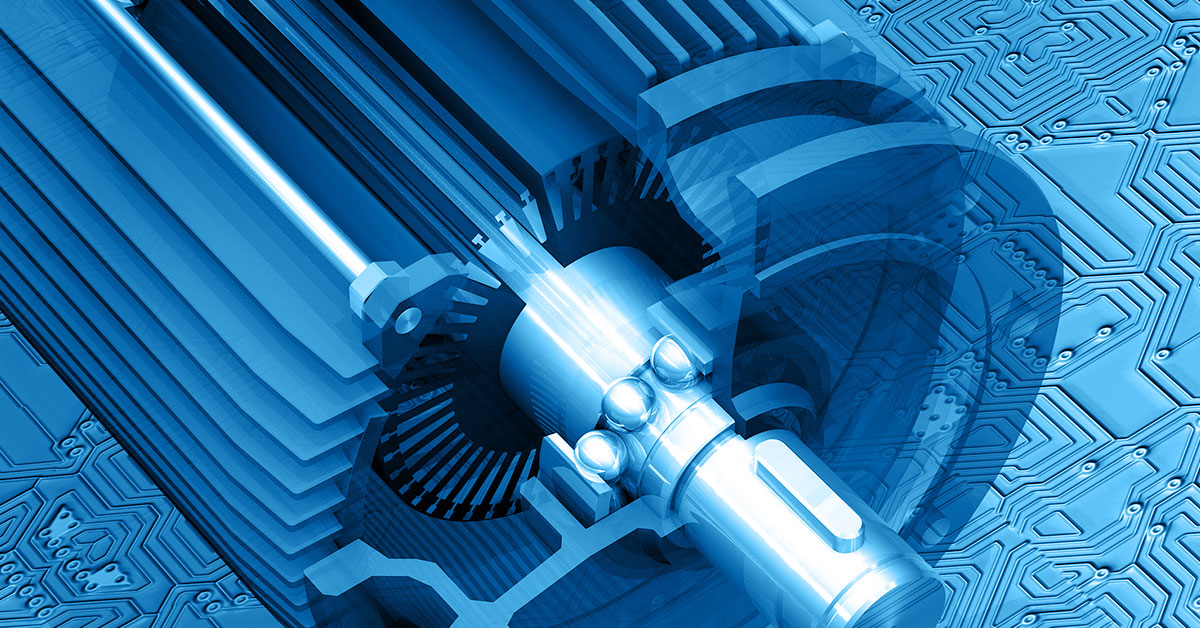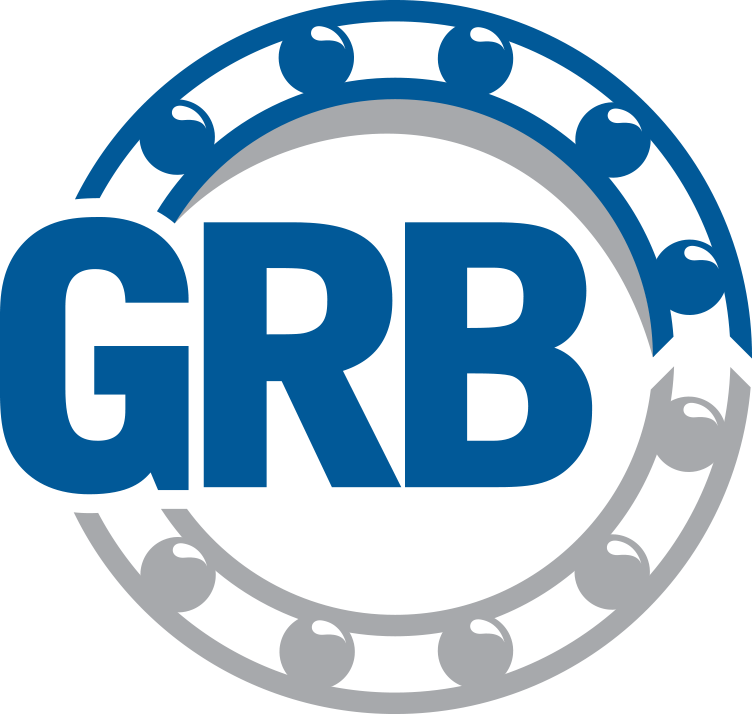The main reasons for malfunction of ball bearings
By , mardi le 26 mars 2019, 11:56

The function of a bearing is to guide a rotation assembly, thus allowing one part to rotate relative to another. However, it is important to pay attention to certain elements that can influence the mechanism and cause malfunction.
Corrosion
By being exposed to elements such as water or corrosive agents, the lubricant inside the ball bearing will lose its effectiveness and no longer be able to protect the running surfaces. This will cause brown marks on the balls and raceways. This rust will gradually contribute to component wear, which will be followed by increased vibration.
The consequences of corrosion on the ball bearings will cause an increase in the radial internal clearance resulting in a loss of load capacity. When it is possible to do so, it is recommended to keep the ball bearings away from corrosive elements.
There are also ball bearings made of stainless steel. These will also rust eventually but will do it at a much slower pace than standard ball bearings.
Misalignment
A misalignment occurs when the inner raceway and the outer raceway are no longer parallel. At more than 0.003 radians of difference wear marks will appear on the bead protection cage. A misalignment of the ball bearings may be due to a shaft with curvatures due to a load that is too heavy or that has accumulated a large amount of surface impurity.
However, ball bearings are less susceptible to misalignment than other types of bearings, such as roller bearings.
An inverted axial load
Some ball bearings called angular contact bearings are designed to be loaded in only one direction. When they are not installed in the right direction, they are under significant stress. In use, there will be an increase in the temperature of the materials and continuous vibrations. As for the balls, they will be marked with wear, because they will circulate outside the raceways. In order to readjust the shot, it is imperative that the ball bearing be installed in the appropriate direction. To make life easier for the operator, angular contact ball bearings are usually marked with the direction for the load.
The recesses
The recesses on the surface of the outer ring occur when the load is too heavy for the yield strength of the material. This results in the formation of small dips in the ball race, causing a lot of noise and vibration. Ball bearing recesses can occur before they are in operation. In fact, installation using a hammer may cause recesses in the raceways.
Consequently, during the installation of ball bearings, the user must be careful to put pressure only on the inner ring to connect it to a shaft and on the outer ring to install it inside a housing.
Overheating
Several elements can cause the ball bearings to overheat. If the temperature is too high, it can cook materials such as rings and balls, resulting in a loss of durability that can cause premature fatigue. In addition, if the type of lubricant applied in the ball bearings is not adequate, it may cause the lubricant to lose efficiency, causing the ball bearings to overheat.
To remedy this malfunction, it is therefore necessary to ensure to maintain a temperature that the ball bearings will be able to withstand. Providing a time for cooling the ball bearings is also an appropriate solution.








